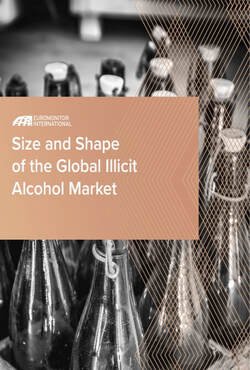By Kei Sakata, Rebecca Jenkinson, Brian Vandenberg
This summary explores a study of the social contexts, harms and predictors of co-consumption of gambling and alcohol in youths and young adults (aged 16–35 years) living in Australia.
Findings
Around half of survey participants said they ‘often’, ‘very often/almost always’ or ‘always’ consumed alcohol when gambling.
Licensed venues create an environment where gambling and alcohol are co-consumed.
Socialising with friends or with a spouse/partner and other family member was often the motivation for the co-consumption of gambling and alcohol among youths and young adults.
Initiation to gambling and alcohol use at the age of 18, or before reaching the age of 18, was often seen as a rite of passage for young people in Australia.
Underage gambling and/or alcohol use was associated with greater gambling and/or alcohol related harms in the participant’s adult life.
Despite the majority of the sample being at risk of gambling harm, most respondents did not seek help because they did not believe they needed help.
For the small proportion who wanted to seek help but did not, the most common reason was embarrassment.
Recommendations
Tougher compliance with laws around underage drinking and gambling in land-based facilities with improved identification processes prior to venue entry.
Promoting awareness and education on the co-consumption of gambling and alcohol and possible related harms, which may be protective for young people, particularly as they approach the legal age in Australia.
Gender-responsive gambling prevention and treatment approaches (e.g. messaging and taglines).
Approaches aimed at de-stigmatising public discourse and awareness on harmful gambling to promote help-seeking behaviour by young people
Australian Institute of Family Studies, 2024.





